This post continues the trials and tribulations of William Burleton, my 4 x great grandfather, which began here.
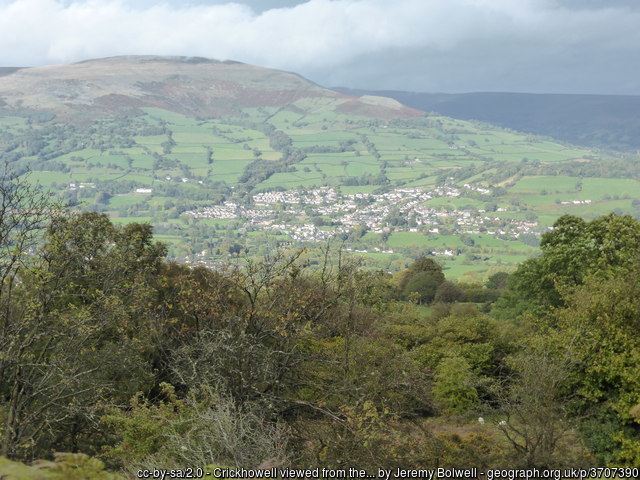
Starting this post where the last one ended, William was a man in his forties who now needed to claw his way back from bankruptcy. He had some skills as a miller, he was quite well educated and he still had the basic support of his now-distant family. Moving to the rainy County of Brecknock in Wales was probably not what he wanted, but it was a fair move to make at this juncture.
A most interesting book ‘A practical treatise on the Bankrupt Law, as amended by the new Act of the 6 Geo IV c 16‘ ( the Hon Robert Henry Eden 1825) tells us that even in 1825, five years was the period set in which a bankrupt cannot own property or borrow money. William was declared bankrupt in 1826 so by 1831 he was considered solvent again. In 1833 he moved to Llangattock where he became the employee of local miller John James.
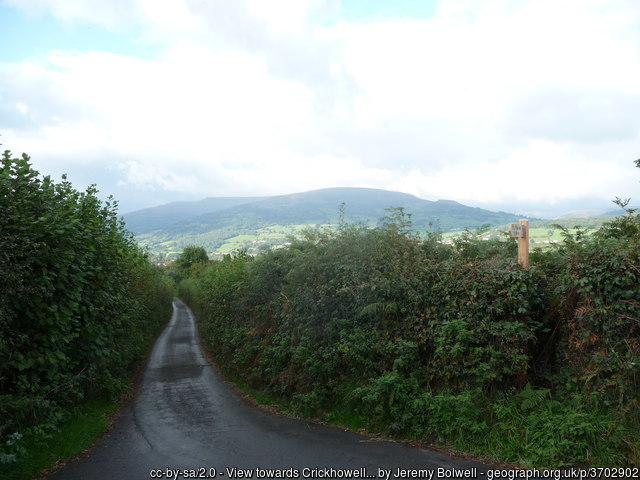
Llangattock seems to be dismissively covered in many books of the time as the place that had ‘nothing of interest’. Perhaps so, but there is enough written about it to get a decent picture of life there in the 1830s.
The story of Llangattock is tied up with nearby Crickhowell, to the extend that the two villages are occasionally referred to as one, much like William’s home villages of East and West Harptree in Somerset. He and Elizabeth may have felt comfortable with that. The two Welsh villages were on opposite sides of the River Usk and connected by a bridge.
Both William’s old home and the new had extensive cave systems which locals liked to explore. Wales lacked the documented antiquity for which Somerset was known, where visitors to the caves could find Roman or Pagan artefacts as a keepsake and it was easy to identify them as such. The history of Wales was oral only, with just a few early scholars writing up their suppositions.
That said, here is the report of one 1810s scholar:

The church of Llangattock was supposedly one of many founded in Wales by Cattwyg of the Court of Arthur. As a pastoral region the area was too sandy to give anything beyond the comfortable support of a hardworking family, so it took the discovery of iron to bring it out of obscurity and into the modern world of 1800.

I’ve included that image from Mr Jones’ very detailed book for two reasons. One is to fill out the world of Llangattock at that time. The other is for the reference to Mr Butler, since William’s mother was a Butler by birth. More research will be undertaken to see if there was a connection.
If I were researching a different man I’d think that employment at the mines could have brought him to Breconshire. But not William Burleton. He would never had coped with such heavy, mindless, undignified work as mining. I really don’t see him as an arrogant, evil overlord. I think he was a creative, unwordly man with no capacity to adapt to his circumstances. He was probably spoiled as a child and he always had assumed his future was secure. But I cannot imagine him coping with heavy work like mining. He was trained as a miller and he stuck to that because that’s what he knew and that’s what he could do.
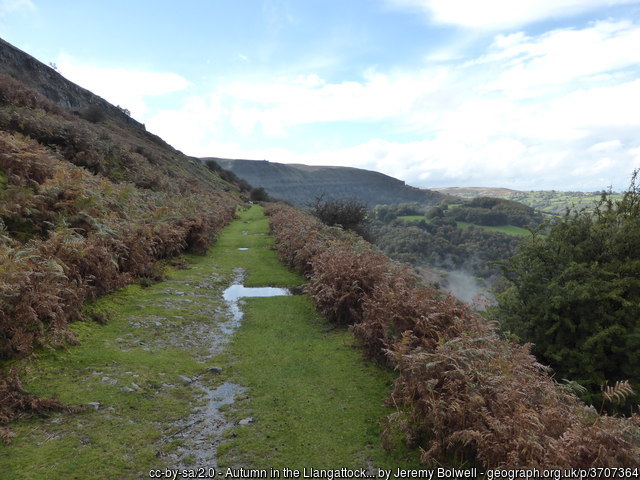
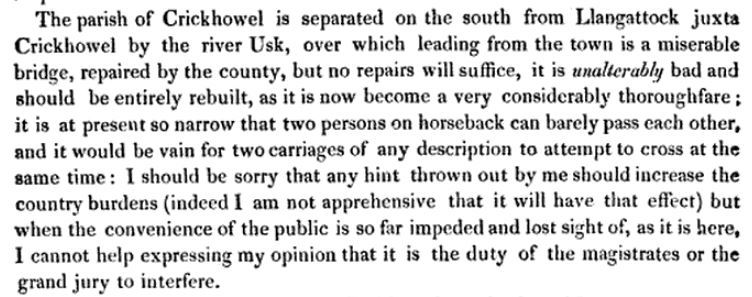
In all of my recent research into Llangattock, I haven’t found any reference to a mill. I do know it was there because William Burleton became an employee at it in 1833. It was owned by a Mr John James and was intended to be passed on to his eldest son, John James the younger.
But I do have a little bit about fairs which might be relevant, to finish off my village description:

A History of the County of Brecknockshire by Theophilus Jones 1809 page 464
William and Elizabeth Burleton moved to Llangattock by 1833 with probably six of their ten children, being Sarah (20), Elizabeth (17), George (13), John (12), Robert (10) and Eliza (9). I’m quite sure that the girls went with them, but not so sure about the boys since they have proven hard to research. I know for sure that Francis and Will – then aged 18 and 15 – remained in Somerset with their uncle Robert at Eastwood Manor Farm.
According to a local newspaper, William was empoyed from December 1833 till October 1834 when he took over as Manager of the mill, in the employ of John James. It all fell apart on 7th April 1835.

It’s pretty clear that William was once more in financial difficulties. The story as told in the papers is as follows:
“The prosecutor (John James Esq) left property in the mill-house, locked up in a room. On the 7th April was at the mill and saw the property safe.; was at the mill about the beginning of June, and found some panes of glass broken in the window; met the prisoner near the house; when he returned to the house found the door forced; did not miss the pistols till a black trunk, in which they were locked, was found in a wood; in the second week of July saw them in the possession of a person of the name of Thomas, a pawn broker, in Bristol.” (Brecon Gazette)
The story was written up in great detail probably because John James was such an influential local man. And my William went to a lot of trouble to take the stolen goods all the way to Bristol. If only he hadn’t dumped that trunk in the forest! But the dumping of the trunk changed his likely motives. Were he trying to overcome a temporary embarrassment and had intended to retrieve the pistols, he would have kept the trunk to replace.
“The pawnbroker identified the prisoner as the man who pledged the property, giving his name William Butler of Dundry, near Bristol. The pistols were then produced and identified.”
William Burleton was found guilty. As this was a first offence he was sentenced to a short term of imprisonment.
Which is where it all gets suspicious. A first offence under a certain value led to imprisonment. If the value of the stolen items was less than five pounds, transportation was a sentence that could only be applied to repeat offenders.
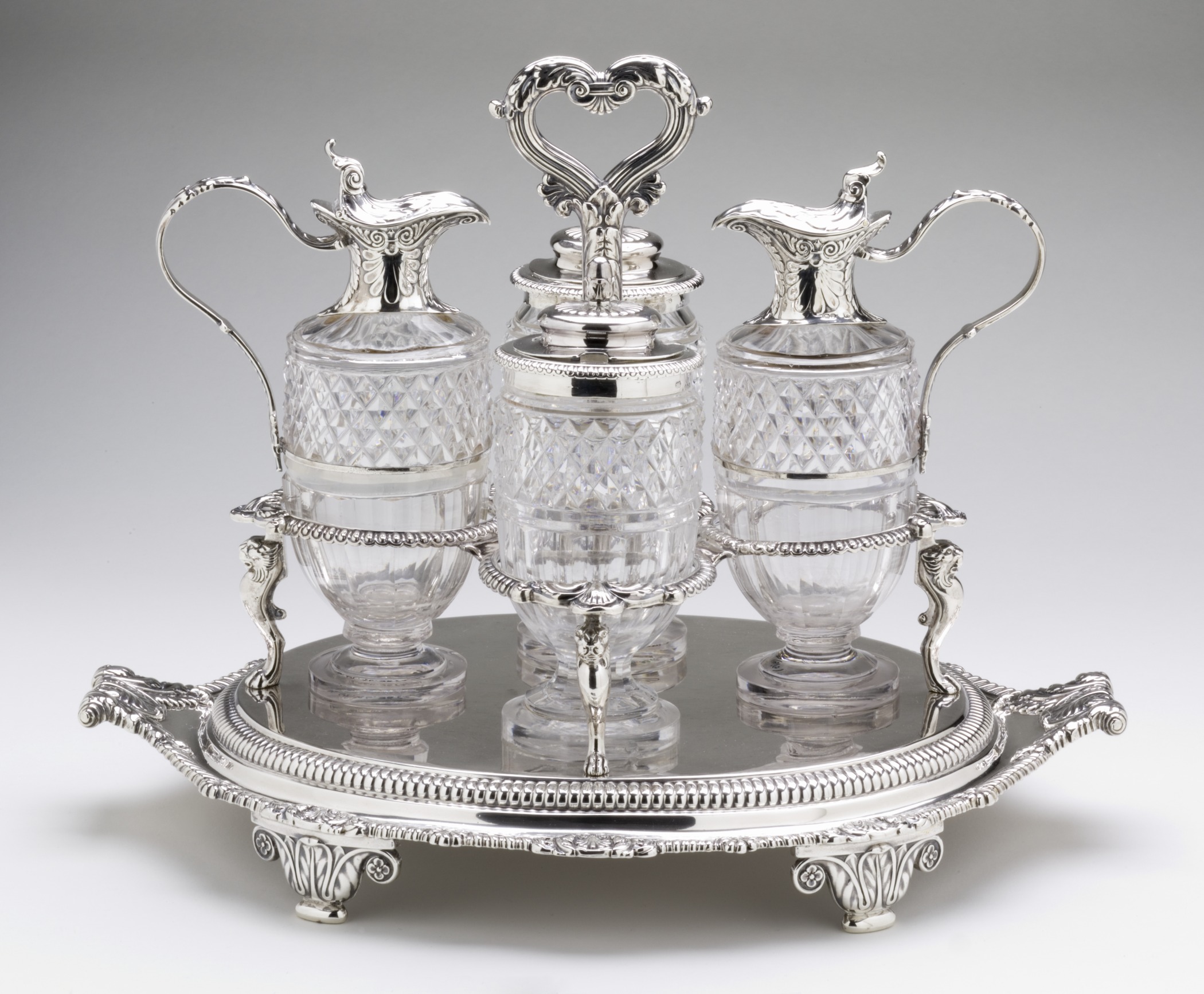
The Brecon Gazette continued the story:
The prisoner was then tried on the other indictment, for stealing a cruet stand and three bottles, and other articles; but as the property was taken at the same time and from the same place as that laid in the former indictment, and as the evidence adduced was the same, it is unnecessary to give it in detail. The prisoner was found guilty on the second indictment, and sentenced to seven years transportation.
The reason given by the James family for the two indictments was that some of the property (the pistols) belonged to John James Senior while the cruet stand belonged to John James Junior. But had they tried such a thing in a busy court like Birmingham or Surrey it would have been treated with utmost contempt. It was a clear manipulation of the law to remove William Burleton for good. William Burleton’s lawyer, Mr Lee, apparently gave a good defense but they were no match for the influence of the wealthy and well connected John James. And perhaps, knowing William as we do, Mr James had correctly identified that William would not learn his lesson and would remain an ever growing problem for Llangattock.
William was incarcerated in the Monmouth jail for a few days more, then shipped off to Sheerness to the hulk Ganymede along with fellow prisoners Jenkin Jenkins and William Richards.

Attribution 2.0 Generic (CC BY 2.0) No changes made.
On 6th April 1836, just a few months before John James Junior entered holy matrimony with Margaret Davies back in Llangattock, my William Burleton along with Jenkin Jenkins and William Richards were loaded on board the Lord Lyndoch, ready for transportation to Van Diemen’s Land and a future that none could predict.
Story of William continues here.
Bibliography
- Cardiff and Merthyr Guardian, Glamorgan, Monmouth, and Brecon Gazette 15 August 1835
- A History of the County of Brecknockshire by Theophilus Jones 1809
- A practical treatise on the Bankrupt Law, as amended by the new Act of the 6 Geo IV c 16 by Robert Henley Eden Baron Henley 1829
- Monmouthshire Merlin 22 August 1835